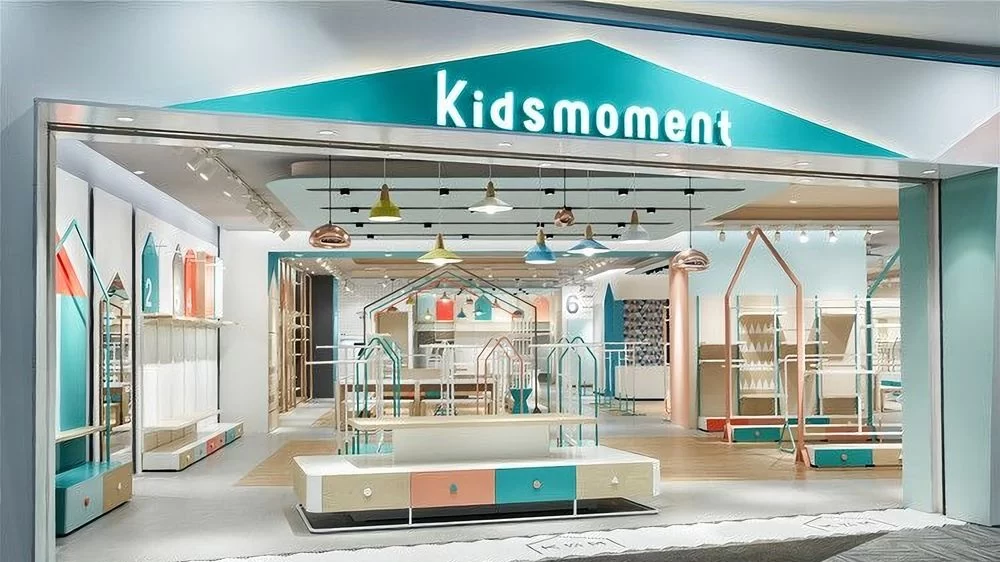How To Start A Children’s Clothing Store
How To Start A Children’s Clothing Store
1. Market Research

2. Location and Store Layout

3. Product Selection






In the fast-evolving eyewear market, presentation is everything. Sunglasses display cabinets are more than just storage units—they’re strategic tools that elevate brand perception, protect premium products, and drive customer engagement. For retailers, distributors, and luxury brands, choosing the right sunglasses display cabinet supplier can mean the difference between a forgettable display and a showstopping retail experience. Here’s how to…

1.Placement of skin care products Make your display eye-catching. Choose a bright, well-lit spot for your products. Use spotlights or LED lights to highlight them. Organize your products on Cosmetic display shelves and racks. Use clear signs to help customers find what they need. Arrange things neatly for a nice look. Create a focal point…

Cosmetics stores are now more than just shopping destinations. They are hubs of glamour and beauty. As beauty product demand grows, stores worldwide are creating unique designs to meet customer needs. Let’s explore the future of cosmetics shops and what 2025 holds. 2025’s Trendiest Cosmetics Store Design Cosmetic stores reflect the brand’s personality. The most…

Creative Cosmetic Display Cases & Retail Ideas for Beauty In the world of cosmetics, how products look is key to catching customers’ eyes. As beauty lovers, we know how crucial good visual merchandising is. We’ll dive into creative ways to make your beauty store stand out, from eye-catching display cases to new retail ideas. Creating…

Creating a beautiful display stand for your eyeglasses is a great way to show off your style. An acrylic sunglass holder is perfect for storing and showing off your favorite sunglasses. We’ll look at the benefits of using an acrylic sunglass holder and a display stand for sunglasses to make a stunning eyeglass display. A…

Modern Reception Desk Solutions for Professional Spaces In today’s fast-paced world, the reception area is the first thing visitors see. It makes a lasting impression. The design and function of the reception desk are key to this first experience. Modern reception desk solutions help create a welcoming and professional space. A well-designed reception area boosts…